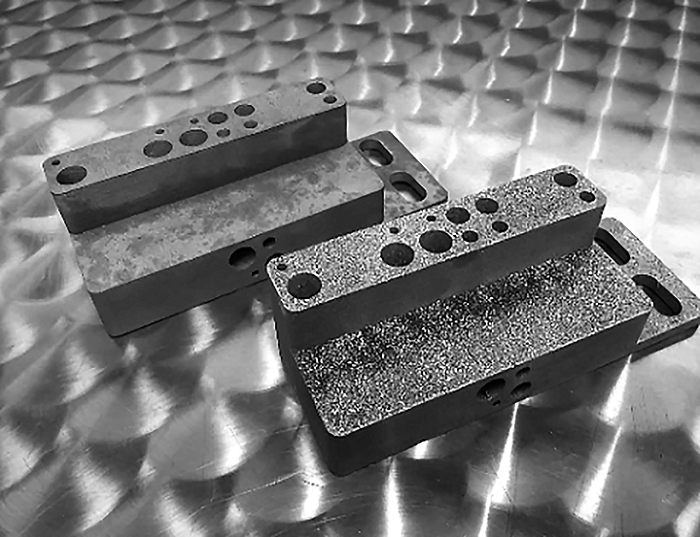ASTM E290 Bend Testing of Surface-Treated Metals
The ASTM E290 Bend Test is a critical procedure used to evaluate the mechanical properties and integrity of surface-treated metals. This test assesses how well the metal can withstand bending without cracking or fracturing, which is particularly important for materials that have undergone various surface treatments such as coating, plating, anodizing, or other post-processing methods.
Surface treatment processes are widely used to enhance the corrosion resistance, wear resistance, and appearance of metals. However, these treatments can also introduce stress concentrations in the metal matrix due to differences in thermal expansion coefficients between the base material and surface layers. ASTM E290 provides a standardized method to ensure that these treatments do not compromise the structural integrity of the component.
The test is performed by bending the specimen around a cylindrical mandrel at specific radii, typically 180 degrees or less. The bend radius can be adjusted based on the thickness and type of material being tested. After bending, the specimen is visually inspected for cracks or other signs of failure. The results provide valuable insights into the quality of the surface treatment and its effectiveness in enhancing the mechanical properties of the metal.
The ASTM E290 Bend Test is essential for ensuring compliance with industry standards and regulations. It helps manufacturers verify that their products meet quality requirements, which are crucial for maintaining a competitive edge in the market. By using this standardized test method, companies can ensure consistent product performance across different batches or production lines.
For instance, in the aerospace sector, where lightweight materials like aluminum alloys and titanium are frequently surface-treated to improve their durability, ASTM E290 ensures that these treatments do not reduce the structural integrity of critical components. Similarly, in the automotive industry, this test is used to verify that coatings applied to engine blocks or exhaust systems will withstand the rigors of daily use without cracking.
| Industry Sector | Application Area |
|---|---|
| Aerospace | Verification of surface treatments on engine components and structural parts. |
| Automotive | Evaluation of surface treatments for engine blocks, exhaust systems, and other critical components. |
| Machinery Manufacturing | Assessment of surface treatments on gears, bearings, and other moving parts. |
| Petrochemical | Evaluation of corrosion-resistant coatings for process piping and storage tanks. |
International Acceptance and Recognition
The ASTM E290 Bend Test is widely recognized and accepted across various industries and regions. It has been adopted as a standard method by numerous international standards organizations, including ASTM International, ISO, and EN.
In the United States, ASTM E290 is commonly used in compliance with federal regulations such as those set forth by the Federal Aviation Administration (FAA) for aerospace components. Similarly, in Europe, this test aligns with European Union directives that govern product safety and quality.
The global acceptance of ASTM E290 underscores its importance in ensuring consistent testing practices across different regions and industries. By adhering to this standard, manufacturers can ensure their products meet the highest quality standards, thereby enhancing customer confidence and trust.
Competitive Advantage and Market Impact
- Ensures compliance with industry-specific regulations and standards.
- Provides a standardized method for evaluating the integrity of surface-treated metals.
- Aids in identifying potential weaknesses in the design or manufacturing process that could lead to failures.
- Facilitates the continuous improvement of quality control processes within manufacturing facilities.
The ASTM E290 Bend Test offers significant competitive advantages by ensuring consistent product quality and reliability. This consistency allows companies to build a reputation for delivering high-quality products, which is crucial in maintaining customer loyalty and attracting new clients. Additionally, the test helps manufacturers identify areas for improvement, enabling them to stay ahead of industry trends and technological advancements.





